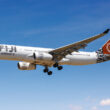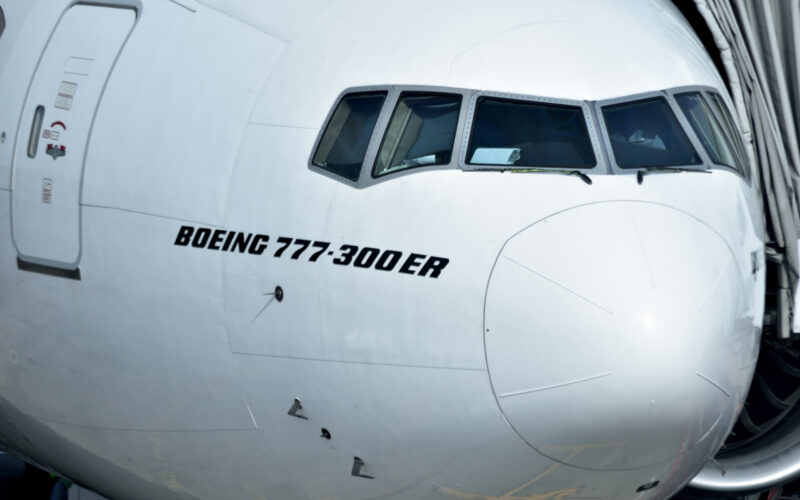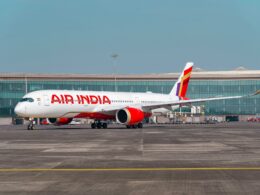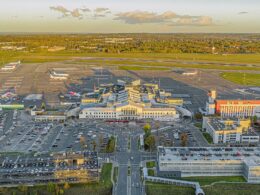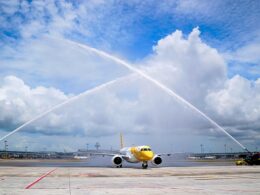The life of mid-life aircraft under the current circumstances is polarizing, to say the least. On the one hand, as there is less demand in the market, their price plummets, creating new green pastures for airlines to explore. On the other hand, the same crumbling demand does mean that the risk of getting scrapped or parted out is ever-increasing.
The uncertainty in regards to the mid-life aircraft market is a complete turn-around of events compared to the situation in 2019. As passengers were more than willing to travel and the industry was on track for another record-breaking year, demand for aircraft was also booming. The 737 MAX grounding added to this booming demand, as Aircraft, Crew, Maintenance, and Insurance (ACMI) companies, as well as lessors, were having the times of their lives.
“At the moment, the market for mid-life aircraft is frozen. Forecasts are not the best,” stated Francesco Baccarani, VP Technical at SGI Aviation, an aircraft technical consulting and advisory services company, during AIR Convention Digital Week 2.0. Before the current crisis, mid-life aircraft enjoyed a bright period, added Baccarani.
However, there is a bright spot even in most dire times.
Newer aircraft are priority
“The first aircraft that are going back to the air are the newer technology, the 787s. We will use the 777s to adjust the capacity,” stated El Al’s Head of Fleet Management and Aircraft Acquisitions Yarin Spivak. The airline’s mid-life aircraft fleet includes six Boeing 777s and older Boeing 737 NextGeneration aircraft. According to Spivak, while all jets in the Israeli flag carrier’s fleet are currently grounded, when El Al resumes flights, the older aircraft will be used as a buffer if demand increases.
“Typically, the newer technology aircraft have maintenance packages attached with the Original Equipment Manufacturer [OEM – ed. note] with a fixed price. So, I am pretty sure [airlines – ed. note] the first choice will be new aircraft,” added Baccarani, stating that the mid-life aircraft market would remain frozen for quite some time. Naturally, as airlines look to reduce costs, gas-guzzling aircraft were put into long-term storage. Not only the quad-engine Airbus A380 or the Boeing 747 but also the older A330s, 767s, 777s, or older narrow-body aircraft.
International travel has all but stopped. International Air Transport Association (IATA) data showcased that demand dropped by 91.9% in July 2020, compared to the same month a year prior, while demand for domestic travel slipped by 57.5%. Wide-bodies are at the brunt of the crisis, as there is a little-to-no market where wide-bodies could thrive. The demand for narrow-body aircraft, however, even mid-life units, will remain, said El Al’s chief of the fleet.
Narrow-body demand remains
“We see already that [single-aisle – ed. note] aircraft are flying and looking for the next few years, I think that the demand for mid-life narrow-bodies will remain. It will take time to get back the 737 MAX into the market,” which will only add to the demand, according to Spivak.
From the lessors point-of-view, noted Baccarani, it is preferable to let airlines keep the aircraft.
“Lessors are trying their best to keep their aircraft on lease and avoid any early return to avoid storage fees, insurance costs. If the cost of the lease is not paid, it is [still – ed. note] better to keep aircraft with the airline and hope the situation will improve soon,” he said. Thus, even per-block-hour leases are being arranged with airlines, whereupon the original lease cost is included in the block hour cost. If a carrier flies the aircraft, it only pays for the hours it is generating revenue.
“From a lessor’s perspective that is still better than nothing.”
This is the part of the journey where green pastures appear on the horizon, as airlines can explore new business models or start-up carriers can launch operations. As predictions for a recovery to 2019-levels wary from 2023 to 2024, there is space to barge in and fill gaps in markets where other airlines have taken not one, but two steps back. After all, there would be a lot of parted-out aircraft sooner than expected, according to Baccarani. Acquiring these aircraft would benefit an airline and the manager of the asset, as it would retain at least some of the value towards the end of its life.



